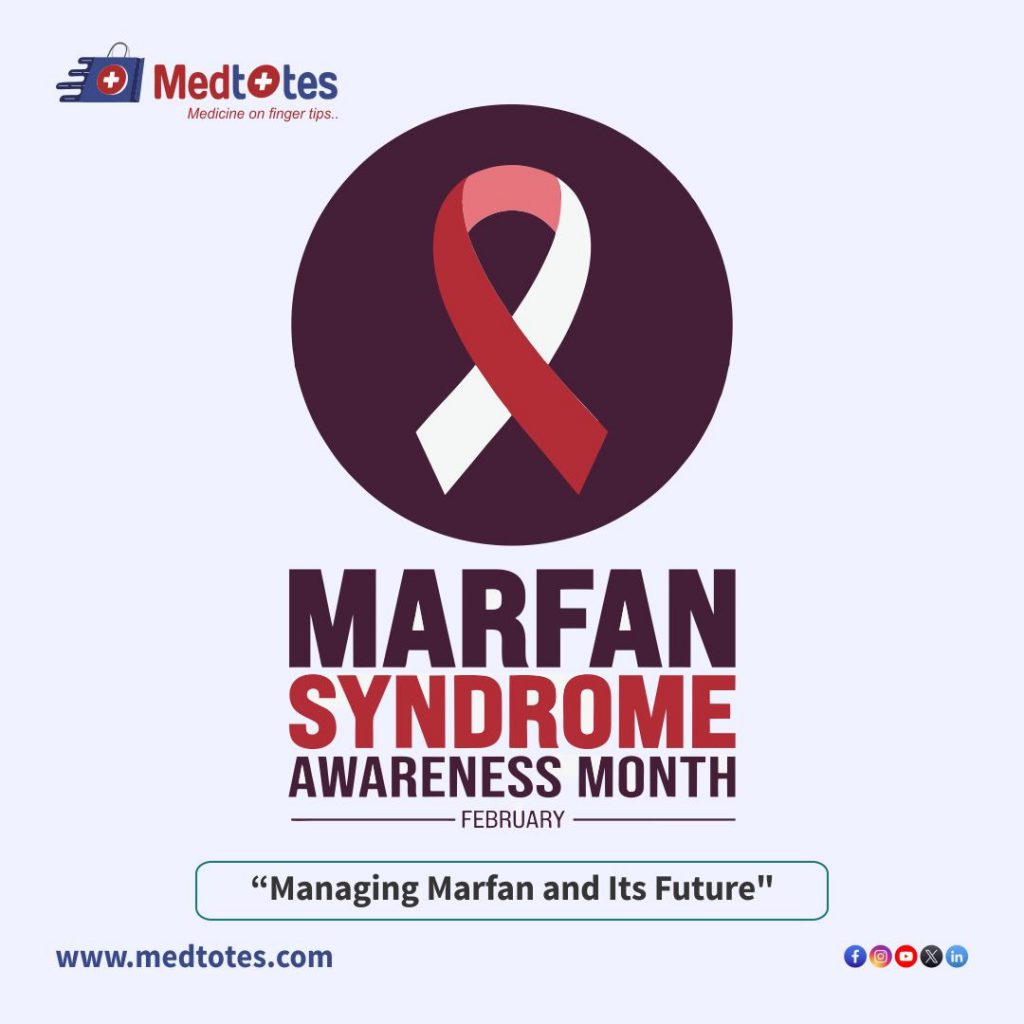I. Introduction
Marfan syndrome is a genetic disorder affecting the body’s connective tissue, causing symptoms like long limbs, a tall build, heart problems, and vision issues. Despite being a lifelong condition, with proper management and treatment, individuals can live full and healthy lives. Raising awareness about Marfan syndrome is crucial for educating the public and healthcare providers about the condition and its potential effects. This can lead to earlier diagnosis and appropriate treatment, improving quality of life. Raising awareness can also reduce stigma and promote understanding and support for those living with the syndrome. Spreading accurate information about Marfan syndrome is essential for providing the necessary care and support.

II. What is Marfan Syndrome?
Marfan syndrome is a genetic disorder caused by a mutation in the FBN1 gene, which instructs the production of fibrillin-1, a protein essential for elastic fiber formation. This mutation leads to abnormalities in connective tissue, resulting in Marfan syndrome’s characteristic features. Understanding the genetic basis of the condition is crucial for early detection and intervention, allowing for personalized treatment plans tailored to individual needs. Identifying the genetic mutation responsible for Marfan syndrome improves the overall quality of life for those affected. It also allows for genetic testing and counseling for family members who may be at risk of inheriting the disorder. With advancements in genetic research, there is hope for developing targeted therapies that address the underlying cause of Marfan syndrome. By unraveling the genetic complexities of this condition, medical professionals can provide more effective and personalized care to improve outcomes and enhance the well-being of patients with Marfan syndrome.
III. Common symptoms and characteristics
- Tall and slender body type
- long arms, legs, and fingers
- Joint hyper-mobility
- Scoliosis, or abnormal curvature of the spine
- Aortic root dilation, or aneurysm
- Eye problems, such as nearsightedness and lens dislocation
- Stretch marks on the skin
- Mitral valve prolapse or other heart abnormalities
Identifying these symptoms early on can help healthcare professionals provide appropriate care and management strategies to improve the overall health and well-being of individuals with Marfan syndrome.
III. Diagnosis and Testing
- Methods for diagnosing Marfan syndrome include
- physical exams, genetic testing, and imaging tests such as echocardiograms and MRIs.
- A thorough evaluation of a patient’s medical history, family history, and physical characteristics is also crucial in making an accurate diagnosis.
- Early detection and diagnosis of Marfan syndrome are essential in order to prevent complications and effectively manage the condition.
- Healthcare professionals may recommend regular monitoring, medications, lifestyle modifications, and surgical interventions as part of a comprehensive treatment plan for individuals with Marfan syndrome.
- By promptly identifying and addressing the symptoms and characteristics of Marfan syndrome, healthcare providers can help improve the quality of life and long-term outcomes for those affected by this genetic disorder.
-Complications of Marfan syndrome include in bullet points
- Aortic aneurysm
- Dislocation of the lens in the eye
- Scoliosis
- Mitral valve prolapse
- Respiratory issues
- Joint pain and stiffness
- Vision problems
- Fatigue and weakness
Individuals with Marfan syndrome should collaborate with their healthcare team to monitor and manage potential complications, ensuring timely interventions and a fulfilling life despite challenges.
IV. Treatment and Management in bullet points
- Regular monitoring of health and symptoms
- Medications to manage heart problems and vision issues
- Lifestyle modifications to prevent further damage
- Surgical interventions for severe cases
- Early detection and comprehensive management are key to improving the prognosis of Marfan syndrome.
VI. Conclusion
In conclusion, Marfan syndrome is a complex genetic disorder that requires ongoing monitoring and management. By following a treatment plan that includes regular health check-ups, medication, lifestyle changes, and surgical interventions when necessary, individuals with Marfan syndrome can lead healthier and more comfortable lives. Early detection and comprehensive management are essential for improving the prognosis and quality of life for those affected by this condition.
Download our app: https://bit.ly/3tkQkFy
